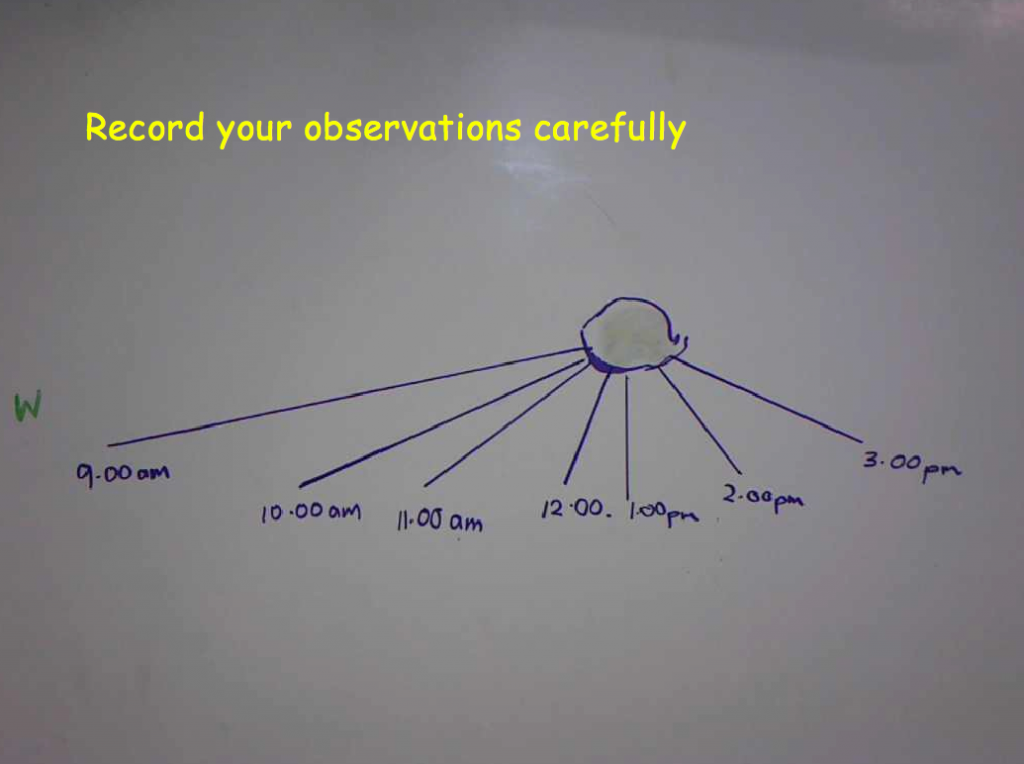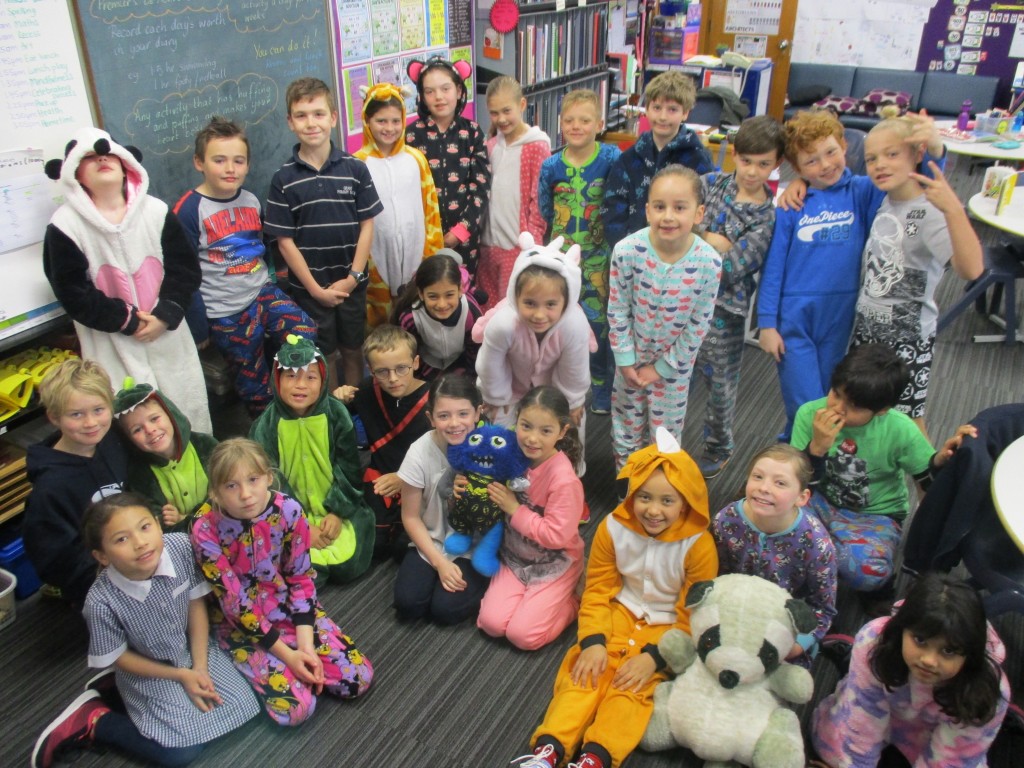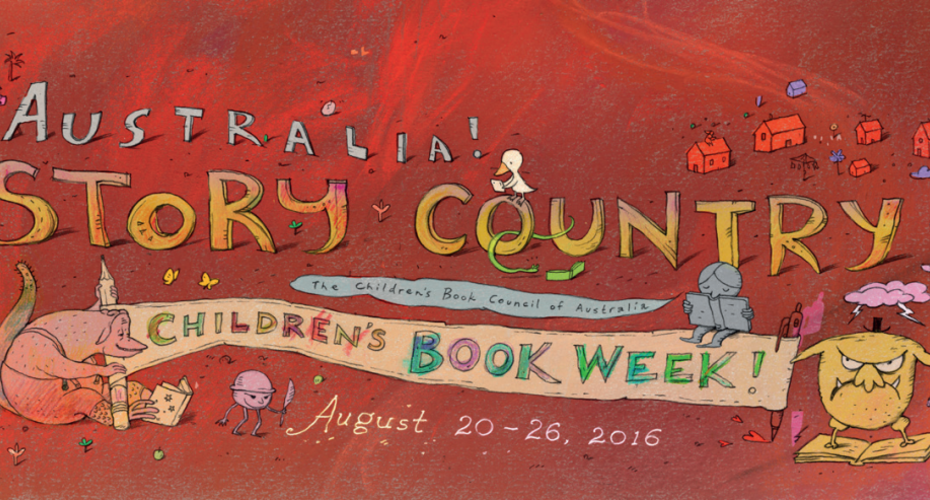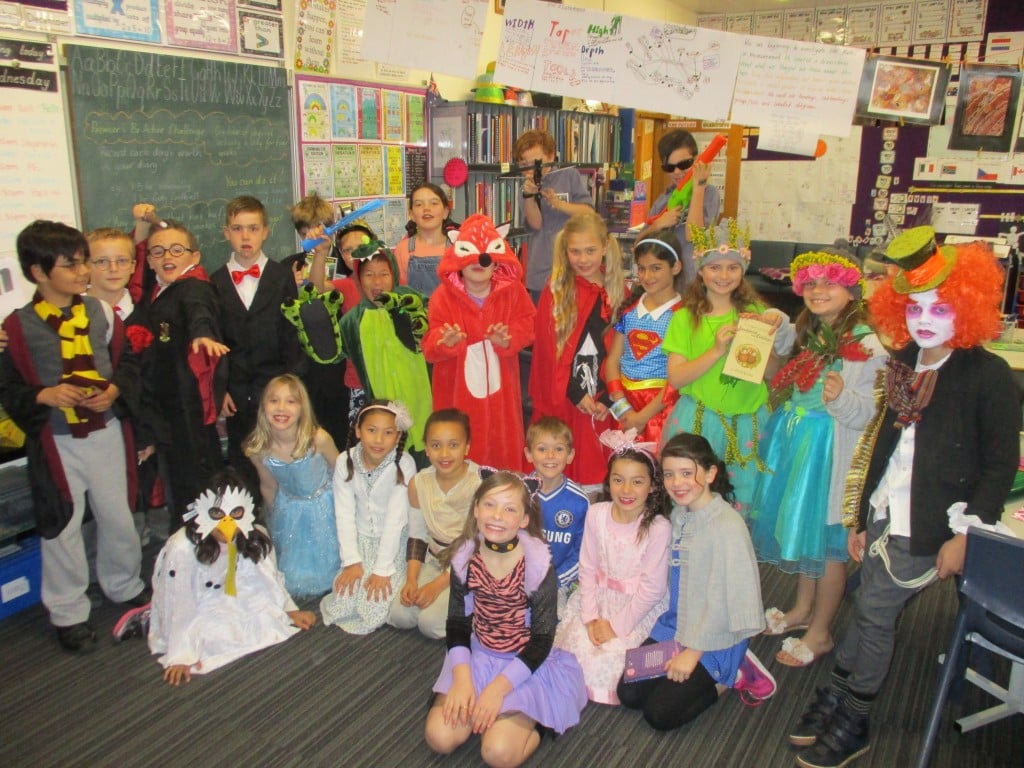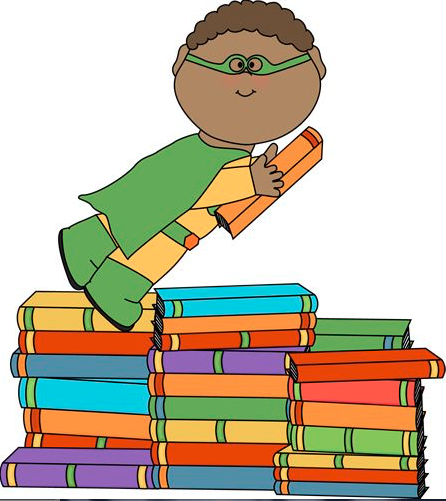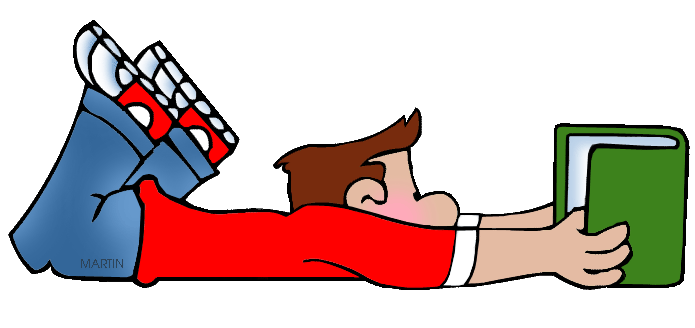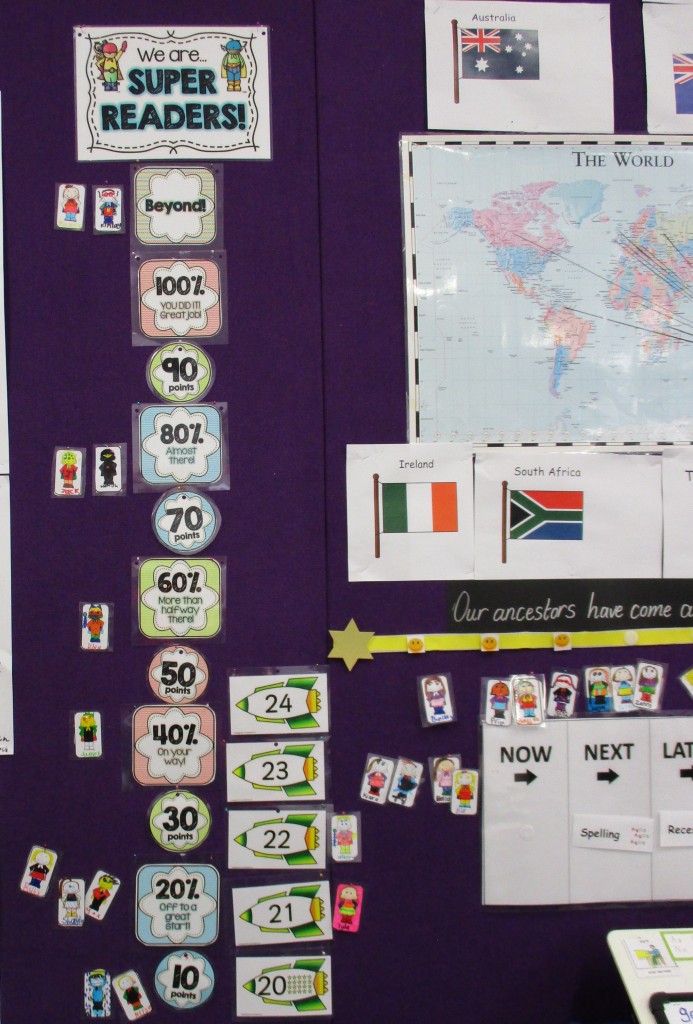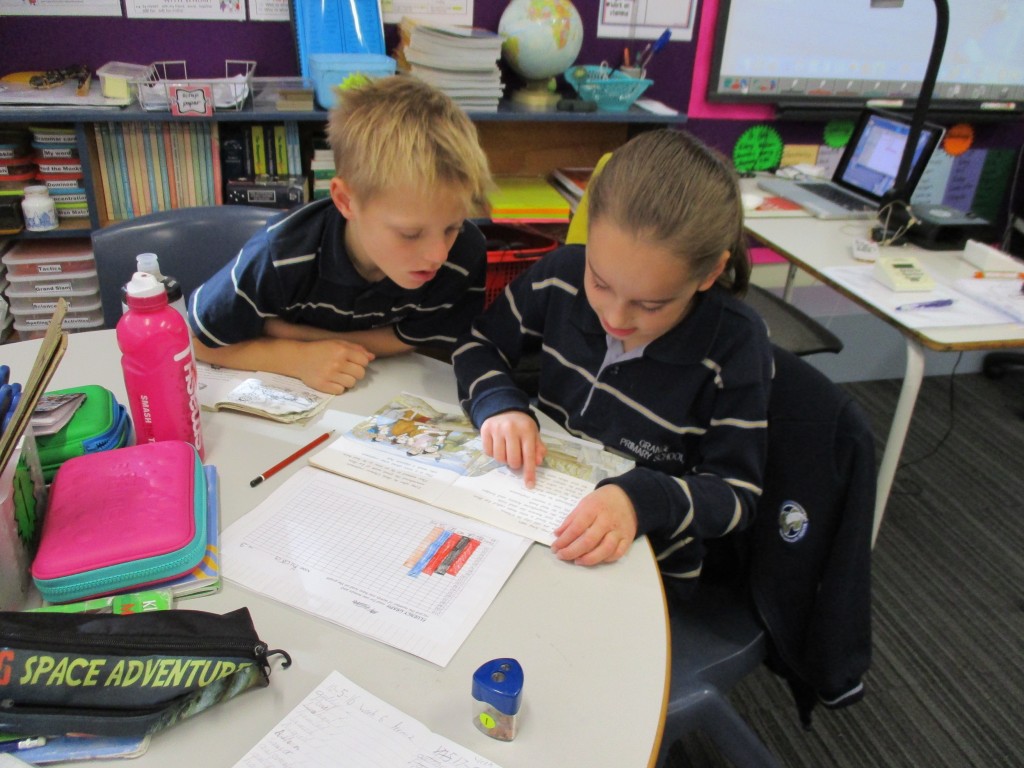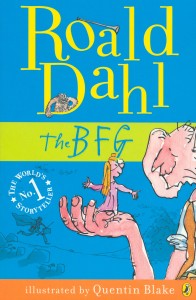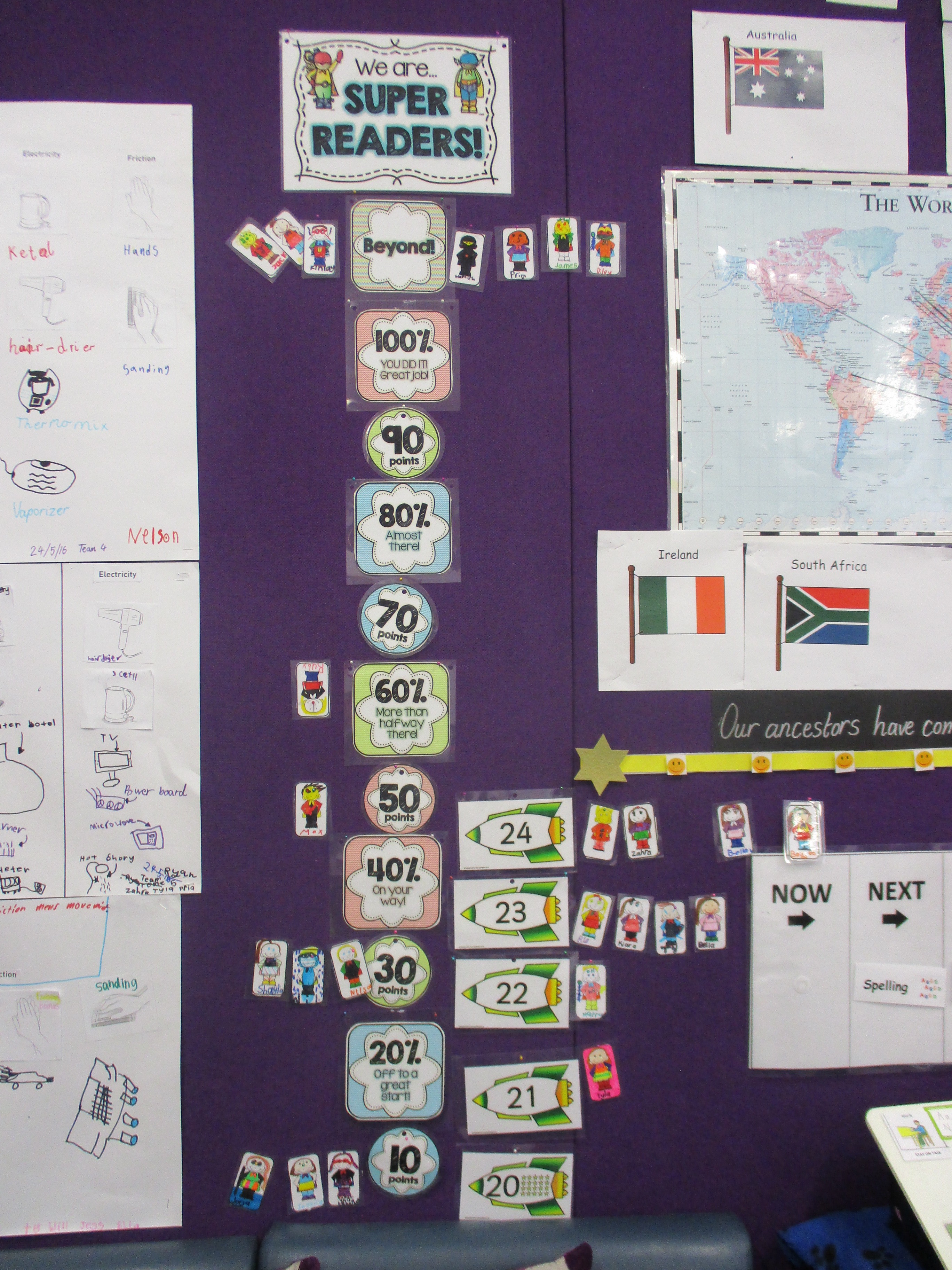Were we Lost in Space?
In term three and four our science topic had to do with What creates day and night, so it made sense to also investigate other cosmic ideas. We had enormous fun investigating these science ideas. We had a go at recording what we thought happened in space, before learning new information.
To begin with, we had to get our heads around the different ways things move in space. You would think that we would know if we were spinning and moving on Earth, as we live here, but oh no! Our eyes can play tricks on us and our brains often get tricked too. This great Crash Course Kids clip on how the Earth moves, did help us clarify a few misconceptions.
Trying to understand the differences between and remember, rotation, revolution, orbit did make our heads spin.
So next it was our turn to investigate these celestial bodies for ourselves and really see things in action.
Space is REALLY, REALLY BIG and Things in space are really big and it’s hard to get our heads to understand that. We used these relative sizes pictures to understand that size is indeed relative. That means compared to each other. Ellen is bigger than us, we are small, but compared to a baby we are giants! The Moon is big, but Earth is bigger and when we looked at the Sun, it was the biggest… or was it? Check these out.
- The terrestrial Planets
- All planets including Gas Giants
- The Solar System
- Our Sun compared to Arcturus
- Arcturus compared to Antares
Still, hard to get our brains to think of anything that BIG! But distance in space can affect the size of what we see too.
So getting back to the three objets we were studying Sun, Earth and Moon we checked out their sizes. We used a basketball for the Sun, tennis ball for the Moon in this activity. Using our eyes to measure and working in teams we took turns to see how far the Sun would have to be moved away, so that the Moon and the Sun appeared the same size to the observer.
Now I told them that even though we know the Sun is enormous, it is also far away and that it appeared the same size as a full Moon in the sky. Just as their basketball looked the same as the tennis ball from their activity… they weren’t convinced.
It was time to prove it to them. Luckily I had my eclipse glasses and making sure they operated within the safety rules, they each checked out just how small the Sun actually looked in the sky.. it really is no bigger than a full Moon. Cool! Amazing, they even saw the Sunspots.
So it is true, the Sun and the Moon appear to be the same size! Incidentally that’s why we get Solar eclipses. These are fascinating events indeed. If ever you can, be in the path of totality.
What do Shadows tell us?
Well a lot really and it turned out we already knew a lot about shadows.
Ah, so now it was time to investigate light and shadows. It was tricky to get our room dark enough, but we experimented with torches and making shadows. Some of us were exceptionally talented at shadow puppetry.
From our observations, we reconfirmed many of our scientific ideas about how light works and what created a shadow. Light does travel in a straight line and anything getting in the way of the ray of light blocked it, creating a shadow. This gave us lots of information to get us thinking of what we could investigate.
Getting back to the sun and the shadows we saw around the school, we decided to set out an investigation on how these shadows in the school changed over the day.
In our teams we planned to go out every hour on the hour and measure the length of a gnomon. ( shadow stick, much like a sundial) Each team found a sunny spot. Lined the gnomon/poster to the North with a compass and set about recording the time and length of the shadows cast by the gnomon throughout the day.
Eventually with shared team work, our boards looked a little like this.
Once we had all our recorded observations, we could look at the information closely and see if we noticed any thing interesting. This is called analysing data.
In our teams once a gain we set about analysing the information . We discussed our ideas and made our claims based on the data.
To make our observations clearer, we organised them into a table and from that, we could create a graph.
This graphic record made it easier for us read and come up with some claims and conclusions it was the proof and evidence we needed.
We claimed that:-
Shadows changed length over the day long to short then long again.
That when the Sun is low in the sky, the shadows are longer and when it is high in the sky, the shadow are shorter.
The Sun moved from East to West over the sky because the shadows moved West East.
Our Conclusions
We know that the Sun is in the Centre of the Solar System. It rotates but doesn’t move. So that meant the Sun didn’t move, it was Earth’s rotation that made it look like the Sun was moving.
So as the Sun continues to shine light and we know the Earth spins once every 24 hours. We get day when we face towards the Sun and we are in night when we are in the shadow of Earth.
But we also know that we are orbiting the Sun and as we go on our year long journey around the Sun, we take our Moon with us. That combination of rotations and orbits does get our heads dizzy thinking about it.
Understanding how all this works is tricky, but we enjoyed learning about our near celestial neighbours and working scientifically.
We also had the opportunity to give an oral presentation on a topic to do with space. We had a great variety of themes planets, rockets, space travel, famous astronauts etc. These were well researched and shared confidently for the most part.
Space Art
For a creative challenge, we could make an alien from plasticine and perhaps their pet, if they had one.
What do you think of our modelling skills?
Somethings to think about.
What did you think of this science unit?
What didn’t you like investigating?
What would you like to do more of?
What are you still puzzled about and would like to learn more about?
Would you like to work in space?



























